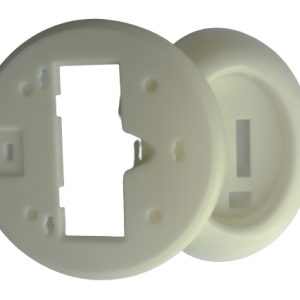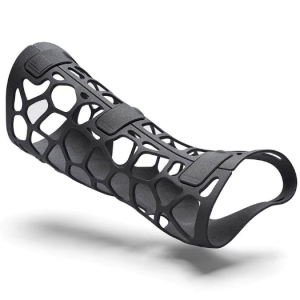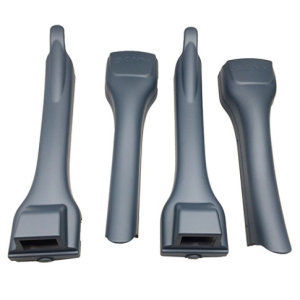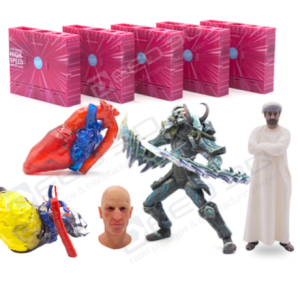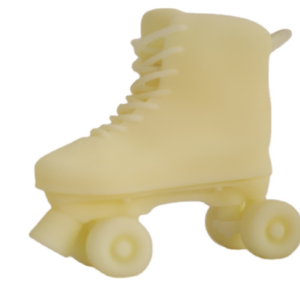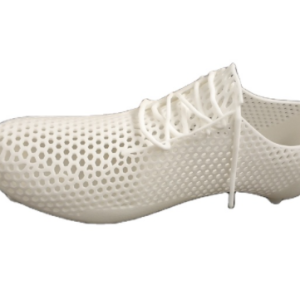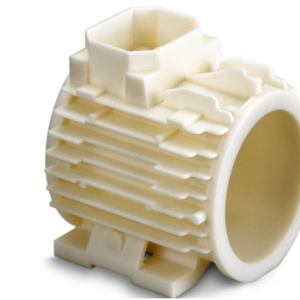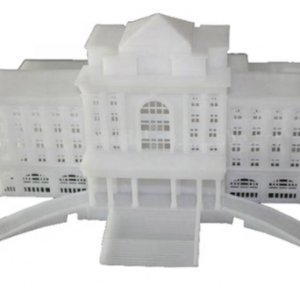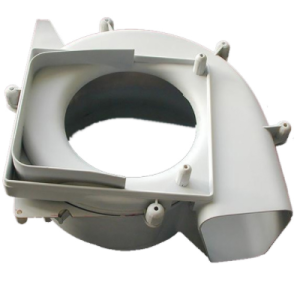Professional 3D Printing
Services In Australia
A professional 3D printing service helps individuals, startups, and businesses turn digital designs into real products. We provide access to advanced 3D printing technology in Australia.
Our services support multiple printing methods:
- Fused Deposition Modelling (FDM)
- Stereolithography (SLA)
- Selective Laser Sintering (SLS)
- Resin printing
We work with a range of materials, from plastics and resins to metals.
Additive manufacturing creates objects layer by layer directly from a digital design. Unlike traditional methods like subtractive machining or moulding, this approach makes it easier to produce:
- Complex shapes
- Highly precise parts
- Custom components tailored to your needs
Trusted partnerships, unrivaled results CAD Deziner’s track record























How 3D Printing Is Transforming Key Industries
At CAD Deziners, we offer some of the best 3D printing services in Melbourne. We help industries transform the way they manufacture, prototype, and innovate.
Our solutions support sectors like:
- Automotive
- Engineering
- Medical
With 3D printing, businesses can:
- Reduce material waste
- Cut turnaround times compared to traditional methods like CNC machining
- Create complex parts directly from digital models
- Make revisions quickly
- Minimise dependence on multiple supply chain steps
This gives our clients a faster, more efficient, and innovative way to bring their ideas to life.

Automotive Applications of 3D Printing
3D printing has proven to be a valuable asset in the automotive industry. It allows designers and engineers to create intricate models and functional prototypes with fine surface details and internal features that are otherwise difficult to manufacture. These components not only assist in visualising design concepts but also help refine structural engineering before large-scale production. Engine parts, dashboards, lightweight brackets, and other components can be quickly fabricated at reduced costs, with the added bonus of easy customisation and material savings.

Our Range of 3D Printing Services
Selective Laser Sintering (SLS)
SLS technology is ideal for creating strong, durable parts from powdered materials. It’s often used for high-stress prototypes and short-run manufacturing. The process involves using a laser to fuse layers of powder into solid shapes, producing components that are functional and capable of withstanding mechanical stress. SLS is especially effective when high accuracy and structural strength are needed.
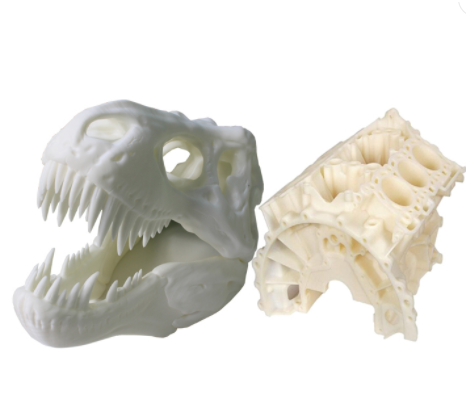
HP Multi Jet Fusion (MJF)
Multi Jet Fusion is a state-of-the-art process known for its speed, consistency, and superior material qualities. It excels in producing fine details and functional prototypes that can be scaled to full production volumes. Using HP’s advanced thermal control and detailing agents, MJF ensures uniformity across parts, making it highly suitable for industries demanding precision.
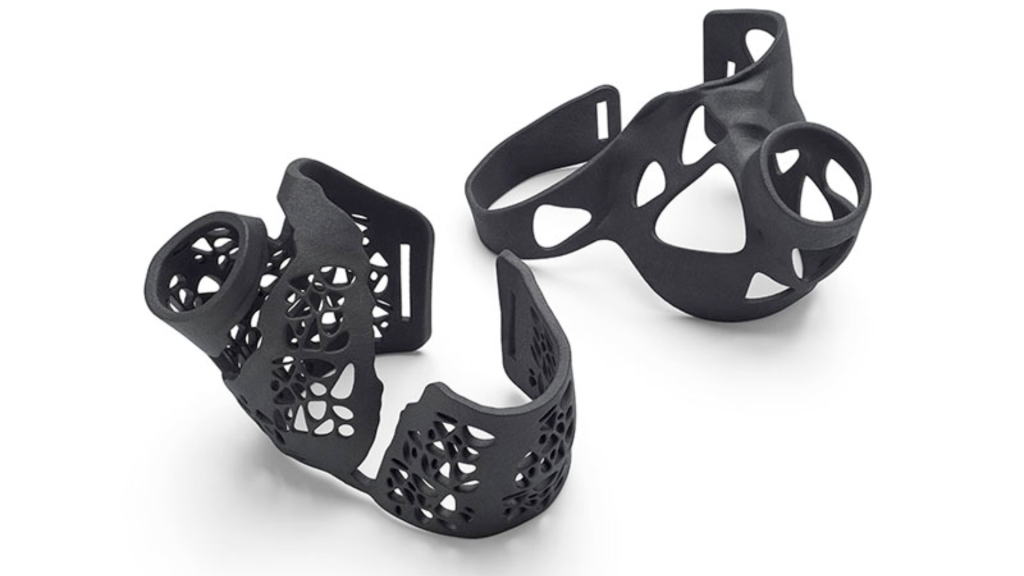
Fused Deposition Modeling (FDM)
FDM is one of the most widely adopted and affordable forms of 3D printing. This method creates parts by gradually extruding and layering heated thermoplastic material until the final shape is formed. FDM is commonly used for quick-turnaround prototyping, manufacturing jigs and fixtures, and producing low-volume end-use parts. It offers a great balance of strength, detail, and material variety, particularly for mechanical components.
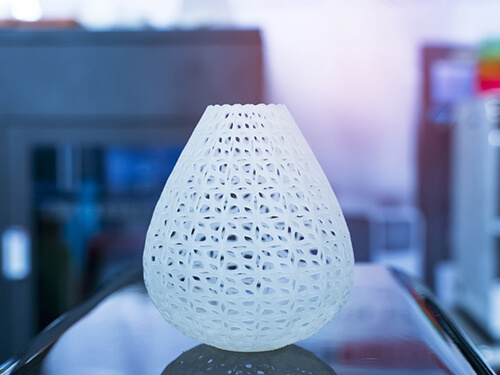
Stereolithography (SLA)
SLA printing stands out for producing exceptionally precise parts with fine detail and a smooth finish, using a liquid resin that hardens under UV light. The resin is cured using a UV laser, layer by layer, to build up intricate objects with excellent surface quality. SLA is ideal for medical models, jewellery design, and applications that demand fine visual detail and accuracy.
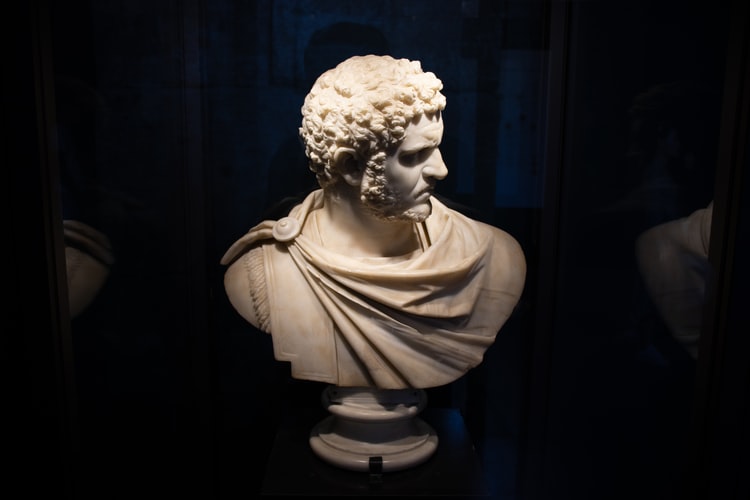
Metal 3D Printing
Metal 3D printing is changing how we build strong, complex parts in sectors like aerospace, automotive, and medical devices. Using materials such as titanium, stainless steel, and aluminium, this method allows manufacturers to produce lightweight, high-performance parts that meet strict engineering standards. Metal printing is particularly beneficial for prototypes and small-batch production where traditional tooling is costly or impractical.
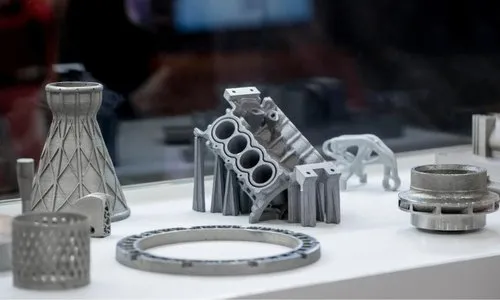
Sheet Metal Fabrication
In addition to our 3D printing expertise, we specialise in delivering high-quality sheet metal fabrication services tailored to diverse industry needs. This includes cutting, folding, punching, and welding metal sheets to create a wide variety of products. Whether it’s a custom enclosure, bracket, or structural panel, these services are essential for the automotive, construction, aerospace, and electronics industries. Precision tools and techniques ensure accuracy and durability, whether for one-off prototypes or larger production volumes.
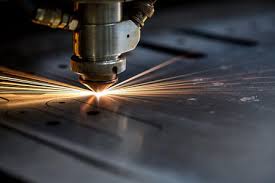
Custom 3D-Printed Components
Custom plastic printing has opened the door for a vast array of products. Clients regularly produce items such as identification tags, casing covers, handles, car parts, promotional materials, and signage. The list also includes more specialised products like shoes, phone accessories, and unique replacement parts. Additive manufacturing even makes it possible to replicate out-of-production components, allowing businesses to restore or upgrade legacy equipment without relying on original manufacturers.
This flexibility proves particularly valuable for maintenance and repair work, as faults or missing parts can be resolved quickly with a digital design and print solution. It’s an ideal way to minimise downtime and ensure ongoing usability.
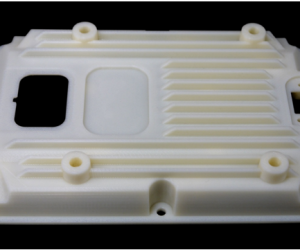
Supporting Education with 3D Printing in Schools and Universities
Australian schools and tertiary institutions are adopting 3D printing as a hands-on learning tool. Through interactive projects, students gain a better understanding of design principles, spatial awareness, and how real-world objects are created. By using all three spatial dimensions, X, Y, and Z, students can explore engineering, architecture, and biomedical sciences in a practical and engaging way.
Teachers also use 3D printing to create accurate anatomical models, providing a deeper learning experience for biology and health science students. This approach encourages problem-solving, creativity, and familiarity with emerging technologies that will play a role in future careers.

Full-Colour 3D Printing and Figurines
With modern additive manufacturing, creating colourful, detailed, and visually striking models is now entirely possible. Colour 3D printing enables the creation of realistic prototypes, character models, artistic pieces, and visually distinctive industrial parts. Technologies like SLS, FDM, and SLA support colour integration in different forms, making them valuable tools in architecture, jewellery design, defence, and the creative sector. Using robust materials ensures that coloured prints remain visually striking while also being structurally sound. With the right equipment and materials, it’s possible to turn both functional and artistic ideas into tangible, full-colour outcomes.

The Best 3D Printing Material Selection
Durable Nylon
Durable Nylon stands out in the world of 3D printing for its impressive resilience and adaptability. It offers a unique combination of strength, toughness, and chemical resistance, making it suitable for parts that undergo repeated stress or mechanical strain. This material handles high-impact use well, is flexible enough for snap-fit designs, and resists wear over time. Nylon is an excellent choice for functional prototypes and end-use products in sectors such as automotive, industrial machinery, and consumer goods.
ABS and ASA
ABS (Acrylonitrile Butadiene Styrene) and ASA (Acrylonitrile Styrene Acrylate) are both robust thermoplastics prized for their structural strength and stability. ABS is widely used for internal components and prototypes due to its durability and ease of post-processing. ASA offers similar mechanical properties but adds UV resistance, making it perfect for outdoor applications exposed to sunlight. Both materials perform well under mechanical stress and can be sanded, painted, or machined after printing. Engineers choose between the two based on specific use-case requirements, particularly regarding exposure to outdoor conditions.
ULTEM 9085 and ULTEM 1010
For industries requiring flame resistance, chemical stability, and superior mechanical properties, ULTEM™ 9085 and ULTEM™ 1010 are ideal choices. These high-performance thermoplastics are certified for use in aerospace and transportation sectors due to their excellent strength-to-weight ratio and ability to endure extreme temperatures. ULTEM 9085 offers robust FST (Flame, Smoke, Toxicity) ratings, while ULTEM 1010 is FDA-compliant, making it suitable for medical and food-grade applications. These materials allow manufacturers to produce strong, functional parts directly from digital designs without compromise.
Elastomers and Rubber-like Materials
Elastomers used in 3D printing are flexible, stretchable, and able to return to their original form after being compressed or bent. These rubber-like materials are ideal for applications requiring soft-touch surfaces or components that need to absorb shocks, such as seals, gaskets, handles, and wearables. Available in a range of Shore hardness ratings, they provide versatility for both industrial and consumer product design. Their flexibility also supports intricate geometries that traditional moulding processes often struggle to achieve.
Metal 3D Prints
Metal additive manufacturing, or metal 3D printing, enables the production of intricate, high-strength parts using materials such as stainless steel, titanium, aluminium, and Inconel. This method allows for reduced material waste and the fabrication of complex internal geometries that would be impossible with traditional techniques. It is particularly beneficial for industries that require lightweight yet durable components, including aerospace, automotive, healthcare, and defence. Metal 3D printing supports low-volume production and custom part development without the need for expensive tooling.
Multi-Material & Full-Color Parts
Advanced 3D printers now support the simultaneous use of different materials and colours within a single print job. Multi-material and full-colour 3D printing allows for the creation of realistic prototypes that closely resemble final products in texture, appearance, and function. Designers can experiment with varying material properties in a single model, such as combining soft and hard plastics, while showcasing full-colour visuals. This capability is highly useful in industries such as consumer electronics, fashion, and medical modelling, where realism and functional integration are critical.
Flame Retardant Plastic 3D Printing
In environments where safety standards demand fire resistance, flame-retardant plastics play a crucial role. These engineered materials slow the spread of flames and reduce smoke generation, meeting strict regulatory requirements. Industries such as public transportation, aviation, electrical engineering, and construction depend on flame-retardant 3D printed parts to enhance safety while maintaining design flexibility. These plastics enable rapid prototyping and part production without sacrificing compliance with important fire safety codes.

Applications of 3D Printing
Concept Models
Concept modelling with 3D printing gives designers the power to bring early-stage ideas to life quickly. These physical representations of digital designs help teams visualise form, fit, and function in a tangible way. The iterative nature of 3D printing allows designers to make fast revisions and refine their ideas through multiple design cycles, resulting in improved final products.
Rapid Prototyping
With 3D printing, fully functional prototypes can be created in a matter of hours or days instead of weeks. These prototypes can include interlocking components, movable joints, and detailed features that allow real-world testing before full-scale production. Rapid prototyping accelerates product development timelines and reduces costs associated with design errors or tooling adjustments.
Direct Digital Manufacturing
Direct Digital Manufacturing (DDM) refers to the production of parts straight from a digital file without the need for moulds or dies. This is especially useful for small production runs, custom components, or replacement parts. DDM enables high consistency and accuracy across parts, streamlining the manufacturing process and cutting down on lead times and material waste.
Advantages of 3D Printing
Rapid Turnaround
3D printing offers exceptionally fast production times compared to traditional methods. From uploading a design to receiving a finished part, the turnaround can be just a few days. This rapid production cycle helps businesses stay competitive by meeting tight deadlines, responding to urgent needs, and launching products faster.
Durability
Durability in 3D printing refers to the long-term performance of parts under mechanical stress, weather exposure, and regular use. Advanced materials ensure that printed parts maintain their integrity over time, even in harsh industrial environments. This makes 3D printing suitable for more than just prototypes. It can deliver reliable, end-use components.
Complex Geometry
One of the most significant advantages of 3D printing is its ability to create complex shapes that are nearly impossible with traditional manufacturing. Hollow structures, intricate internal channels, and lightweight lattice frameworks can be printed without additional tooling or assembly. This allows engineers to design with fewer constraints and explore innovative solutions.
Precision
Modern 3D printers achieve incredible precision, often down to fractions of a millimetre. This level of accuracy is essential in industries like aerospace, automotive, and healthcare, where tight tolerances ensure part functionality and safety. Advanced calibration and slicing software contribute to consistent, high-quality output with each print.
Part Production
3D printing is now widely accepted for producing final parts, not just prototypes. As material options and machine capabilities continue to grow, many industries are adopting 3D printing for low- to medium-volume production. This approach eliminates tooling costs, supports just-in-time manufacturing, and makes customisation economically viable.
Scalability
While traditionally seen as best for low volumes, 3D printing is becoming increasingly scalable. Manufacturers can produce hundreds or even thousands of parts as needed without investing in costly moulds or dies. This is particularly advantageous for start-ups, customised product lines, and industries with rapidly changing requirements.
Why Choose Us?
Endless Options
We offer a wide range of customisation options. These include: Material selection Surface finishes Tight tolerances Logos and certifications Whether you need mechanical strength, flexibility, or aesthetic appeal, we match your design with the right manufacturing solution.
Easy to Use
Our process is simple and hassle-free. Just upload your CAD files and get a quote. We handle everything — from manufacturing to delivery. No need to manage logistics, coordinate vendors, or track production schedules. We make it easy for you.
Quality Assurance
Every part we produce goes through strict quality checks. These include: Detailed visual inspection Dimensional accuracy verification Mechanical testing when needed We make sure every component meets your specifications before it reaches you.
About Us
CAD Deziners is a professional Australian engineering and drafting firm committed to providing cost-effective design solutions. With a focus on precision, innovation, and customer satisfaction, we specialise in bringing digital designs to life through high-quality 3D printing and CAD services. Our team combines industry expertise with cutting-edge technology to serve clients across engineering, manufacturing, architecture, and industrial design sectors. Whether you need a single prototype or full-scale part production, we offer reliable, efficient, and affordable services tailored to your project goals.
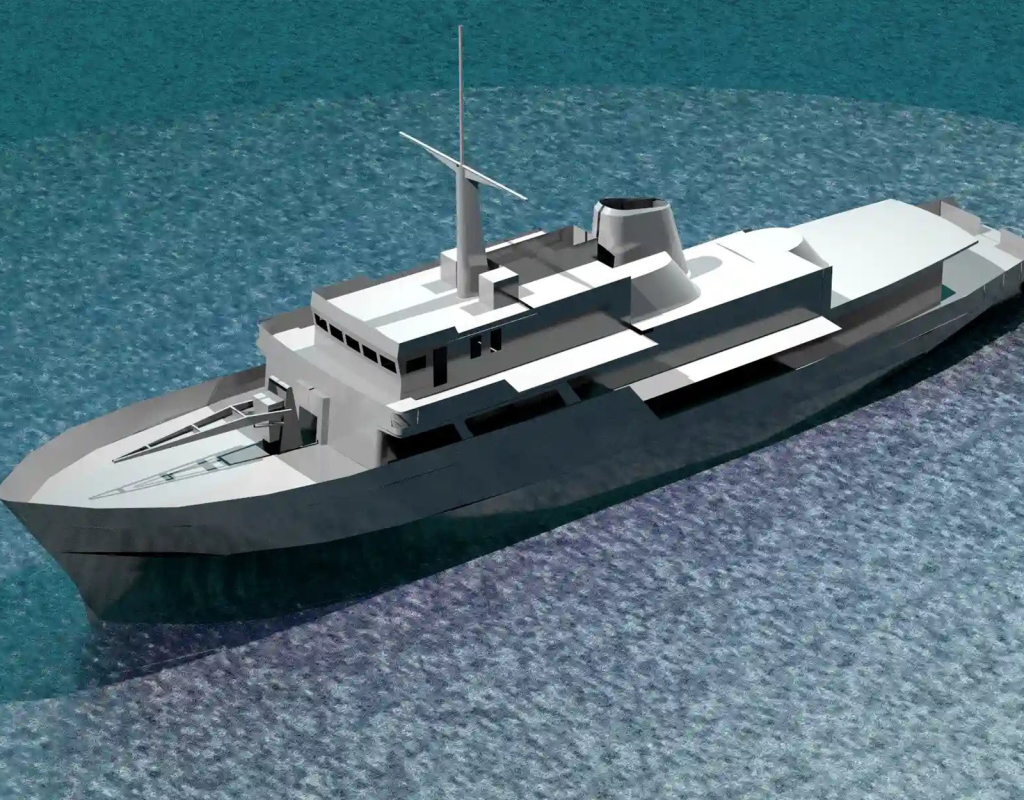
Our Projects
